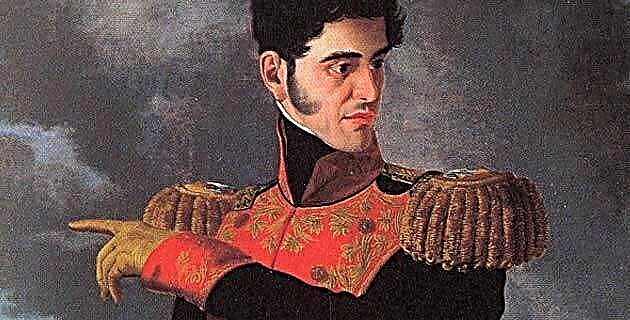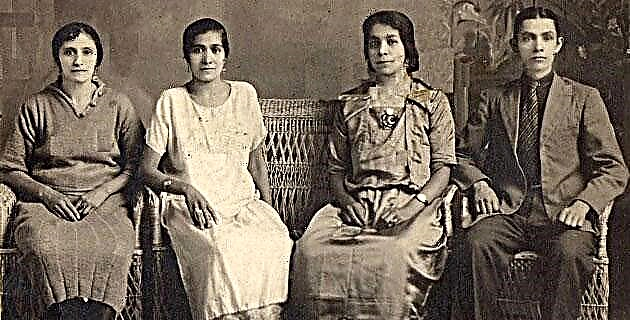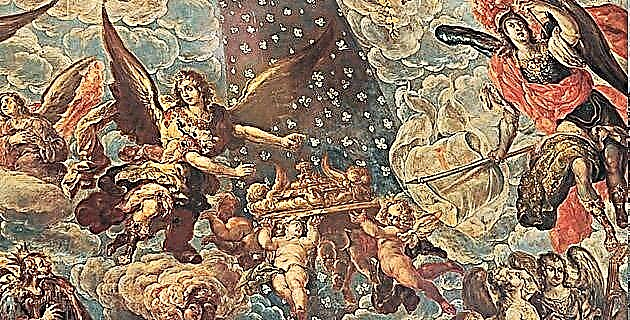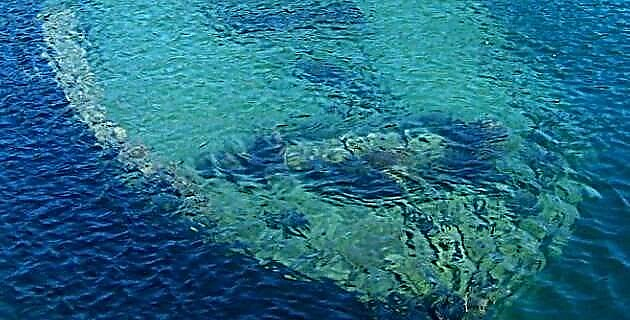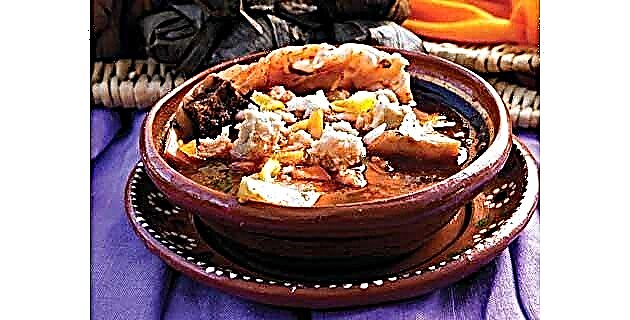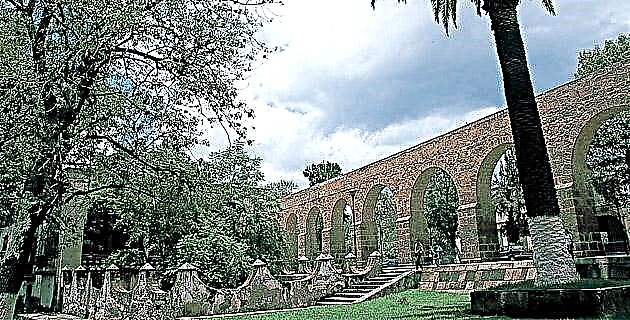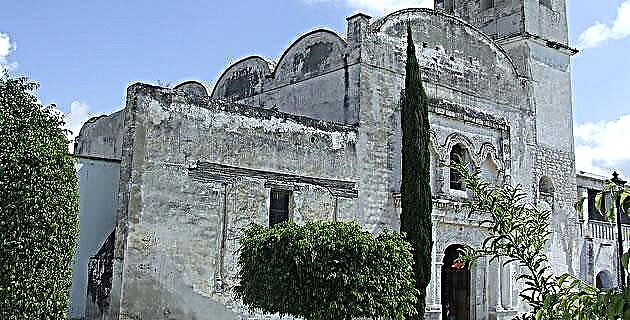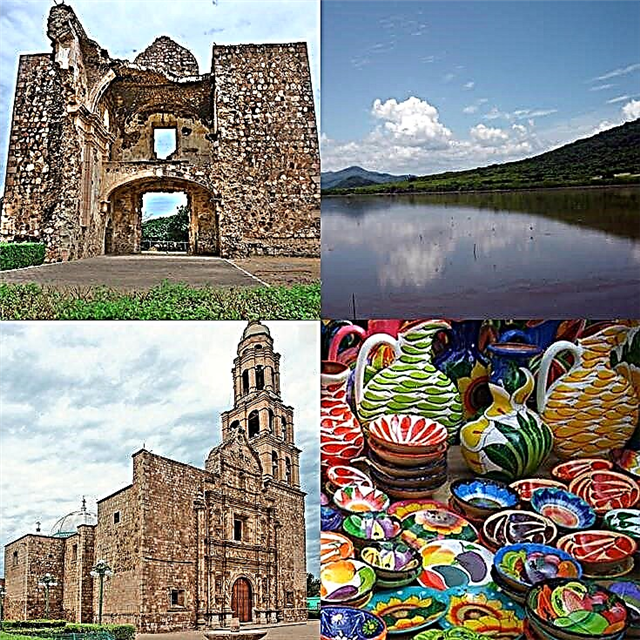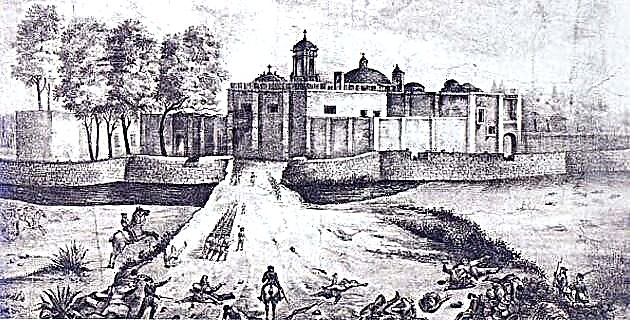
On October 17, 1716, Diego Julián de Espinosa appeared before the commissioner of the San Diego de México Convent to answer the rigorous questions that were asked of all those who wanted to take the habit of Diego.
In what until 2000 was the Pinacoteca Virreinal, (on the south side of the Alameda Central in Mexico City) the 15-year-old adolescent entered the dark room, made the sign of the cross and swore to tell everything the truth. what was asked. Diego Julián answered each of the questions, with the assurance that his condition as a Creole would not be an obstacle to entering the religious order. His father was a tax collector for the King, in Xalapa, and his grandfather had owned a bakery in the Capital of New Spain.
After completing the file on Diego Julián de Espinosa, the commissioner sent him to the Convent of Santa María de los Ángeles de Churubusco, eight kilometers from Mexico City, where the young man who took the habit in November was finally admitted. However, the following year, his parents, Manuel Julián and Josepha de Aguirre, reached the novitiate in Churubusco, managed to enter the courtyard and with unusual violence shoved Diego out, before the astonished gaze of the friars and novices. Diego Julián could not do anything before the strength and authority of his parents. Despite this upset, he persevered in his vocation, ran away from home and asked to be re-admitted to the novitiate.
We can reconstruct this story after almost 300 years, thanks to a little imagination inspired by reading a document that is in the historical archive of the Convent of Churubusco. This documentary collection is currently under the protection of the National Museum of Interventions and contains information regarding the Order of San Diego, a branch of the Third Order of Franciscans, whose first friars arrived in New Spain in 1576.
To talk about the archive we have to refer to the dieguinos. These friars arrived in New Spain with the initial purpose of establishing a place of transit to later evangelize East Asia, mainly the Philippine Islands. Thus, the Dieguinos founded convents and houses of formation in the basin of Mexico in order to prepare the missionaries who would sail the Pacific Ocean. One of these missionaries, by the way, was San Felipe de Jesús, considered the first saint of New Spain origin.
The origin of the Order of San Diego is found in the reforms that San Pedro de Alcántara promoted, under the dedication of San Diego de Alcalá. Hence the name of dieguinos. From Spain, the Dieguinos went to the new continent. After a stay in San Cosme, between 1576 and 1587, they were granted an establishment, in the latter year, which consisted of a small church and a house in the town of San Mateo de Churubusco. Almost a century later, in 1676, this church was rebuilt and the convent was enlarged to its present appearance. Dieguine mendicant establishments added 16 convents that formed the Province of San Diego de México, erected as such in the year 1602.
An approach to the archive is, without a doubt, of great interest both for its content and for the physical appearance of the place itself. In the Churubusco convent we can recreate the colonial convent world of the Colony, walk the corridors, enter a cell, and, of course, read a document, feel the texture of the paper and imagine monastic life.
The collection is kept in 17 boxes and organized into three large sections: Government, Justice and Pecuniary. The documentary collection consists of approximately 800 handwritten documents, plus a few other printed documents, all of them in perfect condition. Most of them (almost two thirds of the total) is made up of the series called information on blood cleaning. These files are surprisingly rich. We find documents from the 17th to the 19th century. In them are settled the 10 questions that were asked, before a notary, to all those who wanted to take the habit. These were: 1. His name, where he was from and the name of his parents and grandparents, his origin and if they were clean Spaniards, without any stain of Indian, Chinese, mestizo or mulatto. 2. If he was a legitimate child of a legitimate marriage. 3. If he was of "good manners" and not suspected of a crime or prosecuted by justice. 4. If you had debts or accounts payable. 5. If both he and his ancestors were faithful Catholics and not descendants of Jews, Moors, or heretics (read Lutherans or atheists). 6. If he was free and not bound or engaged in marriage. 7. If their parents did not have any blemishes such as slavery, punishment, whipping and public shame. 8. If your parents or siblings needed the suitor for their support. 9. If he had not had the habit of dieguino or of another religious order, and finally, 10. what he declared was true.
Most of this documentation comes from the Convent of Churubusco, but there are also documents from the Greater Convent of San Diego, Tacubaya, Puebla, Taxco, Querétaro, and Sultepec, among others. In addition to this information, we also find other documents such as receipts, donations, wills, lawsuits between the inhabitants of San Mateo Churubusco and the friars for the possession of a water spring, royal certificates, inventories, study plans, deeds, regulations, reports , power of attorney and petitions, litigation, complaints, appraisals, etc. Although it might seem that the material is scarce, it has great historical value because it is almost the only thing that is preserved from the Dieguinos.
The work of rescuing the collection began in the seventies of this century, when the material was found, and it was sent to the INAH's Cultural Heritage Restoration Directorate for cleaning, consolidation, conservation and restoration. Once the documents were restored, they were returned to the museum to proceed with their organization.
The information that we find in the archive is a reflection of the activity of the convent and the use that has been given to it over time. Besides the colonial documents, there are also documents from the 19th century. Records are kept, for example, from 1821 and 1823 where the convent's guardian undertakes the task of organizing the archive and the library in the face of the danger of possible exclaustration.
In the first half of that century, the Churubusco building was used as a convent and novitiate, until in 1847 it became a bastion of resistance against the North American invader. The friars were ordered to leave the place to be occupied by the forces of the National Guard that on August 20 confronted the United States Army. Despite the effort, the Mexicans succumbed to the attack and the square was taken by the enemy.
A document dated September 1847 reveals the ravages caused by the war against the United States, and recounts the "damage and perjury" suffered by the convent. After the war, the friars returned to the building, remaining there until the application of the Reform Laws. In the 1860s the religious orders were expelled and church assets were generally confiscated. In Churubusco, the Dieguinos left the place in 1861; However, some friars remained in the church and occupied a small wing of the Convent that remained open to worship until at least 1884.
In the last years of the century, the building was used as a military hospital for contagious patients and in 1919, the Historical Museum of Churubusco was created, promoted and financed by the National University. In the archive we can find receipts for the adaptation works, letters, projects and papers from the creation of the historical museum.
From the point of view of its social function, an archive whose ultimate purpose is not to serve the public cannot be called such. Hence the concern to protect, organize and make the conventual heritage available to the public and specialized researchers. Among the multiple readings of an archive, the one of the innumerable stories that we can glean from it stands out. The information contained in this valuable collection can shed light on different types of history or micro-histories, for example: knowing who took the habit, what origin they were from, what they studied, what was the average age of the novices, how many abandoned the habit, how many were Creoles or New Hispanics, how many Spaniards, what was convent life like, etc. There is therefore a very rich vein to approach this archive and thus be able to know a part of our history and in particular the history of a mendicant order that disappeared from our country at the beginning of this century.

